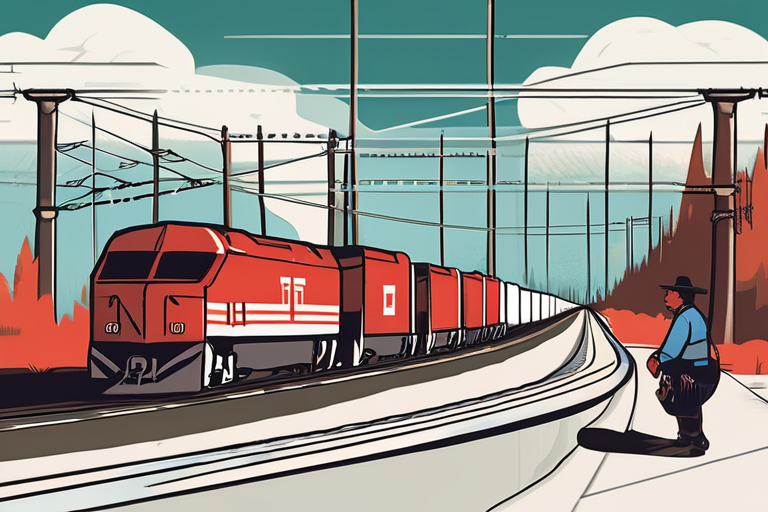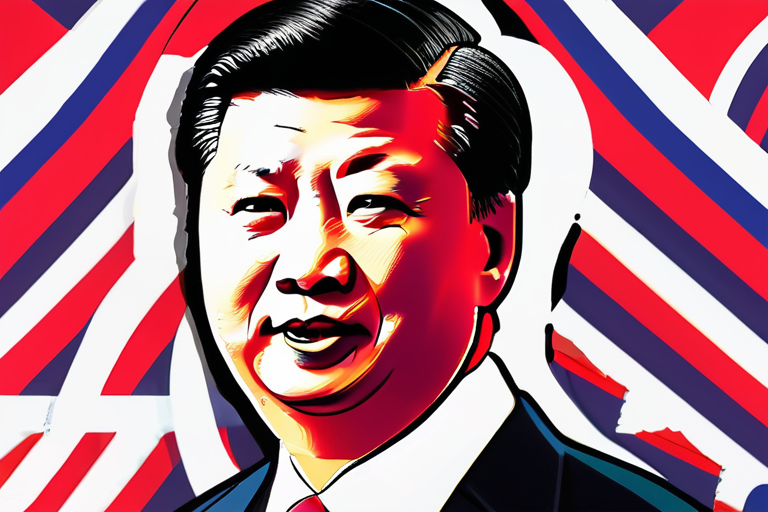"Indigenous Nations Forge Tariff-Free Trade Route Across US-Canada Border"


Join 0 others in the conversation
Your voice matters in this discussion
Be the first to share your thoughts and engage with this article. Your perspective matters!
Discover articles from our community

 Hoppi
Hoppi

 Hoppi
Hoppi

 Hoppi
Hoppi

 Hoppi
Hoppi

 Hoppi
Hoppi

 Hoppi
Hoppi

US President Donald Trump Announces Approval of TikTok Deal, Plans Meeting with Xi Jinping in South Korea In a significant …

Hoppi

URGENT: Oxford Union Slams President-Elect Over Alleged Charlie Kirk Posts The Oxford Union has condemned comments made by its incoming …

Hoppi

Gemini Robotics Improves Motor Skills of Google DeepMind's Robots In a breakthrough development, Gemini Robotics has successfully enhanced the motor …

Hoppi

New Attack on ChatGPT Research Agent Exposes Confidential Information A recent attack on OpenAI's Deep Research agent has revealed a …

Hoppi

Syria's Leader Makes Debut on World Stage at UNGA NEW YORK - In a historic moment for the war-torn country, …

Hoppi

TRUMP Coin ETF Proposal Sparks Controversy as Canary Seeks SEC Approval In a bold move, Canary Capital Group filed with …

Hoppi